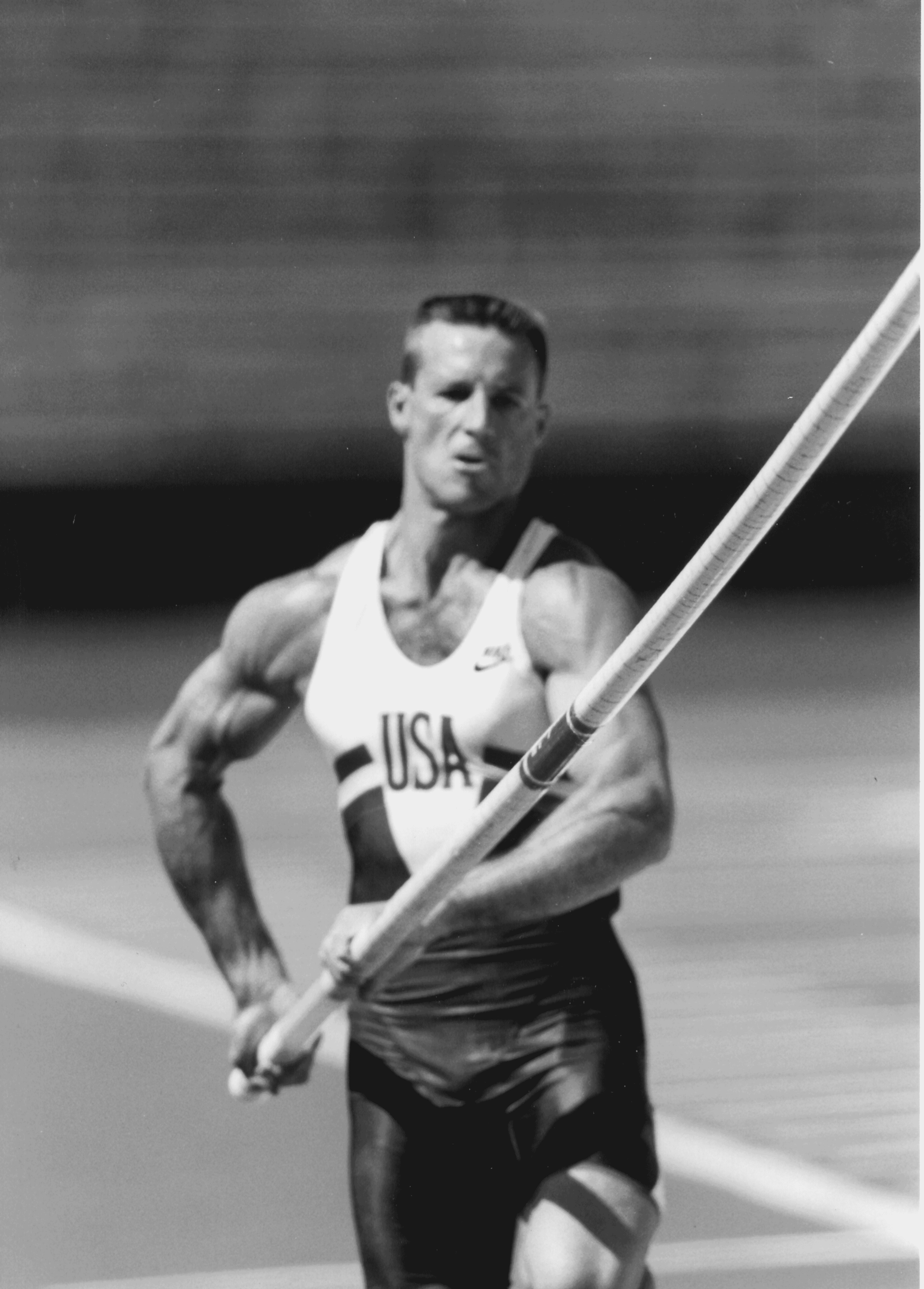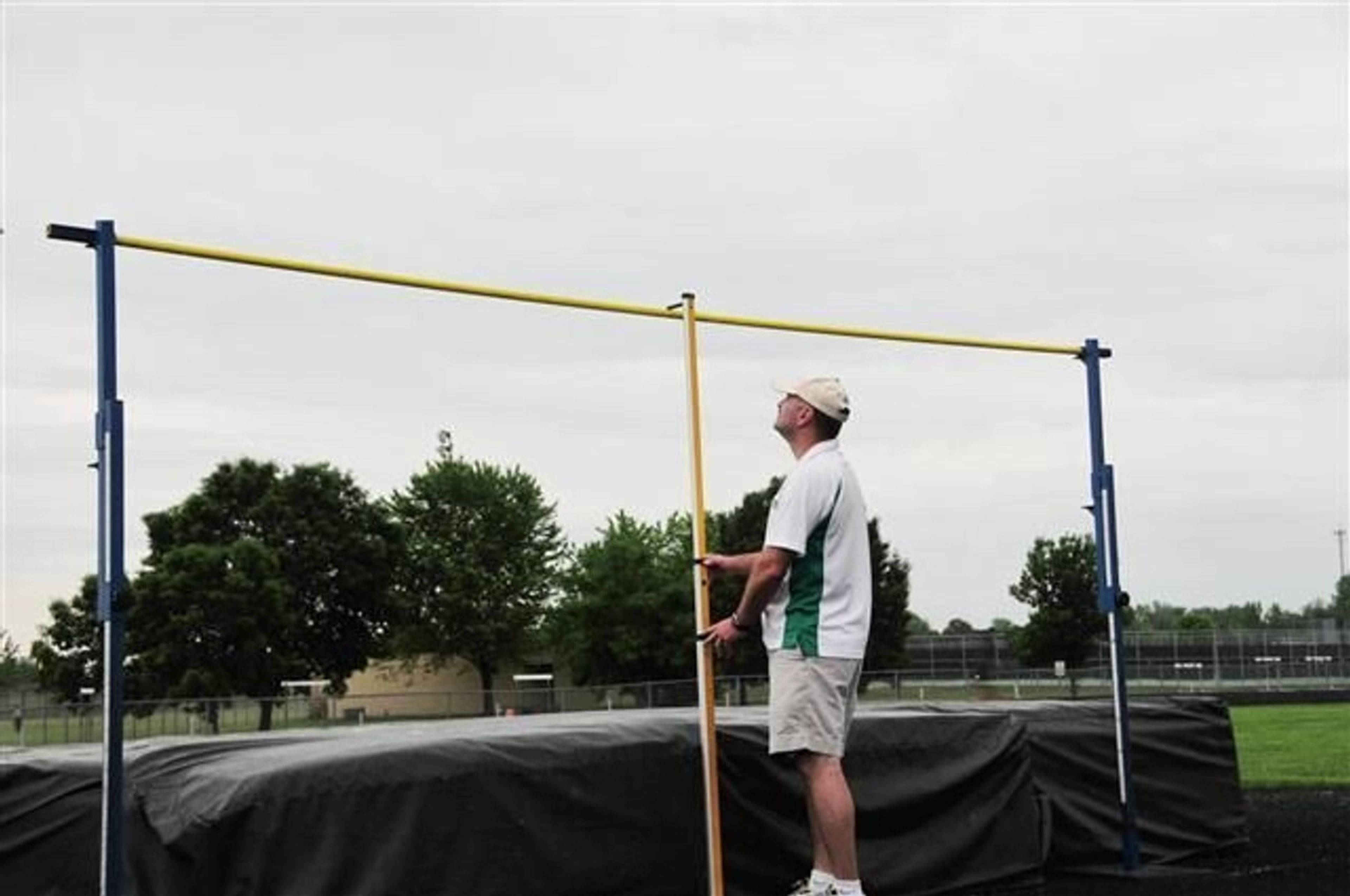The Ultimate Guide to Pole Vault Tape and Grip: Boost Your Performance with Expert Tips
Unlock your pole vaulting potential with expert tips on pole vault grip and pole vaulter tape taping techniques. Choose from athletic tape to chalk, and maintain a consistent routine for success.
Pole vaulting is a sport where precision and technique are paramount. Among the myriad factors that contribute to a successful vault, the grip and taping technique stand out as hot conversation elements. Every vaulter has unique preferences, and finding the right method can significantly impact performance. This article dives into various grip and taping techniques, offering insights to help you discover what works best for you.
Types of Taping Techniques
No Tape vs. Athletic Tape
No Tape:
Some vaulters opt for a natural grip, preferring to feel the bare pole under their hands. Here you can see Jean Galfione vaulting at the Olympics with no tape or chalk. This method, while less common, relies heavily on hand strength and is often influenced by weather conditions. The absence of tape can provide a more direct connection to the pole, but it demands exceptional grip strength and consistency.
Athletic Tape:
Athletic tape is the most popular choice among vaulters. Similar to the tape used for ankle support, it comes in various colors, with white being the most common. Different brands and colors of tape will feel different from one another to an experiences vaulter. Vaulters can tape specific sections where their hands grip the pole or cover the entire upper portion of the pole. White athletic tape is particularly advantageous due to its availability and ease of replacement. Teams often benefit from bulk supplies, especially if someone has access to a box of medical-grade tape from their job.
Friction Tape
In Europe, black friction tape is a favored option, often used with a small amount of alcohol solution to enhance stickiness. This method, popularized by vaulters like Yelena Isinbayeva, offers excellent adhesion, significantly improving grip. Sometimes vaulters will miss an attempt because their grip is so sticks and they can not physically let go of the pole. However, the sticky residue can be challenging to clean, posing a maintenance issue. This is why you will see vaulters walking around with black hands.
Chalk Options
Chalk is another essential tool for maintaining a secure grip. You would not use chalk with black friction tape, but would use it with no tape or athletic tape. There are two main types of chalk:
- Loose Chalk: Often comes in a cloth bag, and is readily available on Amazon or rock climbing shops. This offers a fine, sandy texture, providing flexibility in grip. This is the least popular chalk amongst vaulters.
- Block or Chunk Chalk: This creates a firmer grip, which some vaulters find more reassuring. For convenience, using a rock climbing chalk bag can help each vaulter keep their chalk handy.
Advice for Early-Stage Vaulters
Observing elite vaulters like Sondre Guttormsen use friction tape for his top hand with adhesives, and white athletic tape for his bottom hand with chalk can be confusing. While his vaults and successes are inspiring, early-stage vaulters must maintain a simple and consistent grip routine. Constantly changing grip techniques can lead to unnecessary distractions and psychological burdens. Sticking with white athletic tape and a consistent routine can help avoid these issues, allowing vaulters to focus on their performance.
Taping Direction and Maintenance
Taping Direction
Bottom to Top:
Taping from the bottom to the top prevents the tape from rolling down and creating ridges, ensuring a smoother grip surface. This method is particularly beneficial for beginner vaulters who might slide their bottom hands down or grip too wide. Keeping the grip in the correct position can be mentally reassuring.
Top to Bottom:
Some vaulters prefer the additional grip texture provided by taping from the top to the bottom. However, this method can lead to thicker tape layers, which might not be allowed in certain competitions.
Maintenance
Regular maintenance of your pole vault tape is essential. Retape your pole when the tape is worn, exposed to rain, or begins to tear. Keeping the tape in good condition ensures a consistent grip and reduces the risk of slipping during jumps.
Conclusion
Mastering your pole vault grip and taping technique is a highly personal journey. While learning from elite vaulters and coaches is beneficial, it's crucial to find what works best for you. Once you've established a preferred method, stick with it to avoid distractions and maintain focus. With the right grip and tape, you'll be well on your way to achieving your pole vaulting goals.
In conclusion, the right pole vault grip and pole vault tape can make a significant difference in your performance. By exploring different methods and maintaining a consistent routine, you can enhance your grip and focus on reaching new heights in your pole vaulting career.









